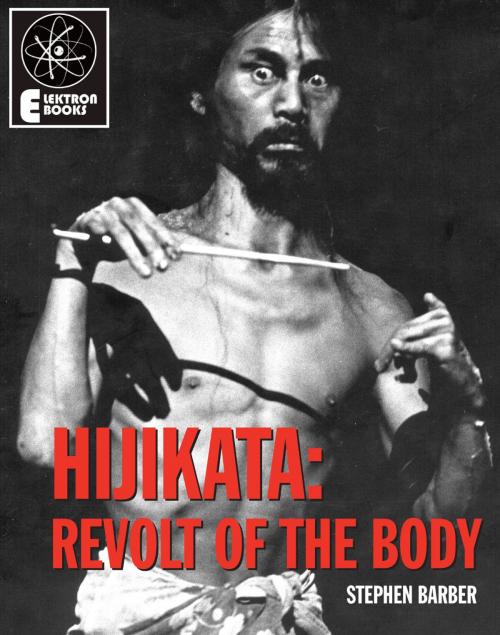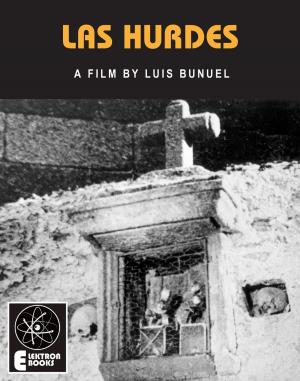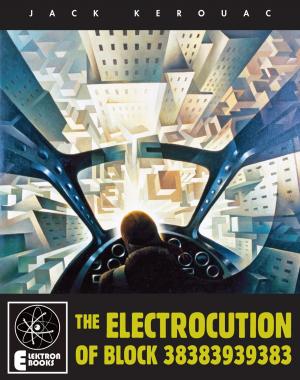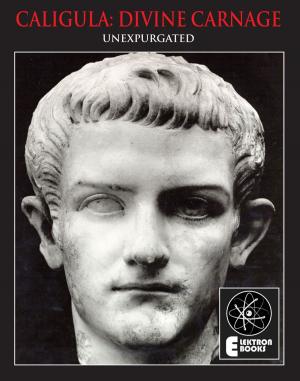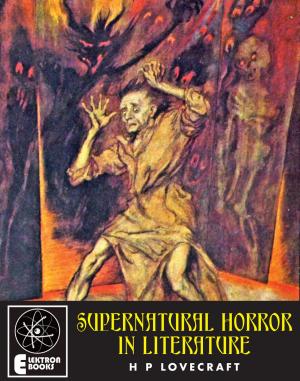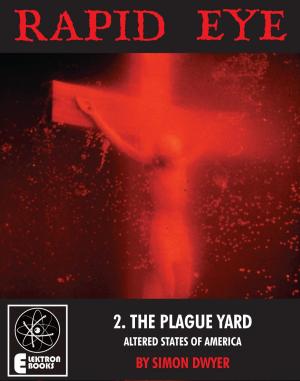| Author: | Stephen Barber | ISBN: | 9781908694614 |
| Publisher: | Elektron Ebooks | Publication: | January 5, 2010 |
| Imprint: | Elektron Ebooks | Language: | English |
| Author: | Stephen Barber |
| ISBN: | 9781908694614 |
| Publisher: | Elektron Ebooks |
| Publication: | January 5, 2010 |
| Imprint: | Elektron Ebooks |
| Language: | English |
Tatsumi Hijikata (1928-86) invented the revolutionary performance art ‘Ankoku Butoh' - now celebrated worldwide as one of the most innovative and haunting contemporary art forms. Hijikata is the supreme figure in the last half-century of Japan's experimental culture, and remains a seminal and inspirational presence there for artists, choreographers, film-makers, musicians and writers. His influence is also prevalent in Europe, North and South America, and, increasingly, in other East Asian countries. Hijikata's ‘dance of darkness', revered by Yukio Mishima, forms an ever-more prescient and revelatory performance art. This essential study of Hijikata is the first-ever account of his life and work in English, and is based on extensive interviews with his surviving collaborators. In particular, it looks at the engagement in Hijikata's work with European literary sources such as Artaud, Genet and Sade, and at his performance art's attempt to reconfigure the nature of memory and of the human anatomy. The book also traces the social turmoil of Tokyo during the period in which Hijikata was active in the city, and explores the ways in which his performance art was rendered into such forms as film and photography. Illustrated by 20 revealing photographs, HIJIKATA: REVOLT OF THE BODY will be of vital interest to all readers engaged with performance art, theatre and film, as well as with Japanese culture in general.
Tatsumi Hijikata (1928-86) invented the revolutionary performance art ‘Ankoku Butoh' - now celebrated worldwide as one of the most innovative and haunting contemporary art forms. Hijikata is the supreme figure in the last half-century of Japan's experimental culture, and remains a seminal and inspirational presence there for artists, choreographers, film-makers, musicians and writers. His influence is also prevalent in Europe, North and South America, and, increasingly, in other East Asian countries. Hijikata's ‘dance of darkness', revered by Yukio Mishima, forms an ever-more prescient and revelatory performance art. This essential study of Hijikata is the first-ever account of his life and work in English, and is based on extensive interviews with his surviving collaborators. In particular, it looks at the engagement in Hijikata's work with European literary sources such as Artaud, Genet and Sade, and at his performance art's attempt to reconfigure the nature of memory and of the human anatomy. The book also traces the social turmoil of Tokyo during the period in which Hijikata was active in the city, and explores the ways in which his performance art was rendered into such forms as film and photography. Illustrated by 20 revealing photographs, HIJIKATA: REVOLT OF THE BODY will be of vital interest to all readers engaged with performance art, theatre and film, as well as with Japanese culture in general.
